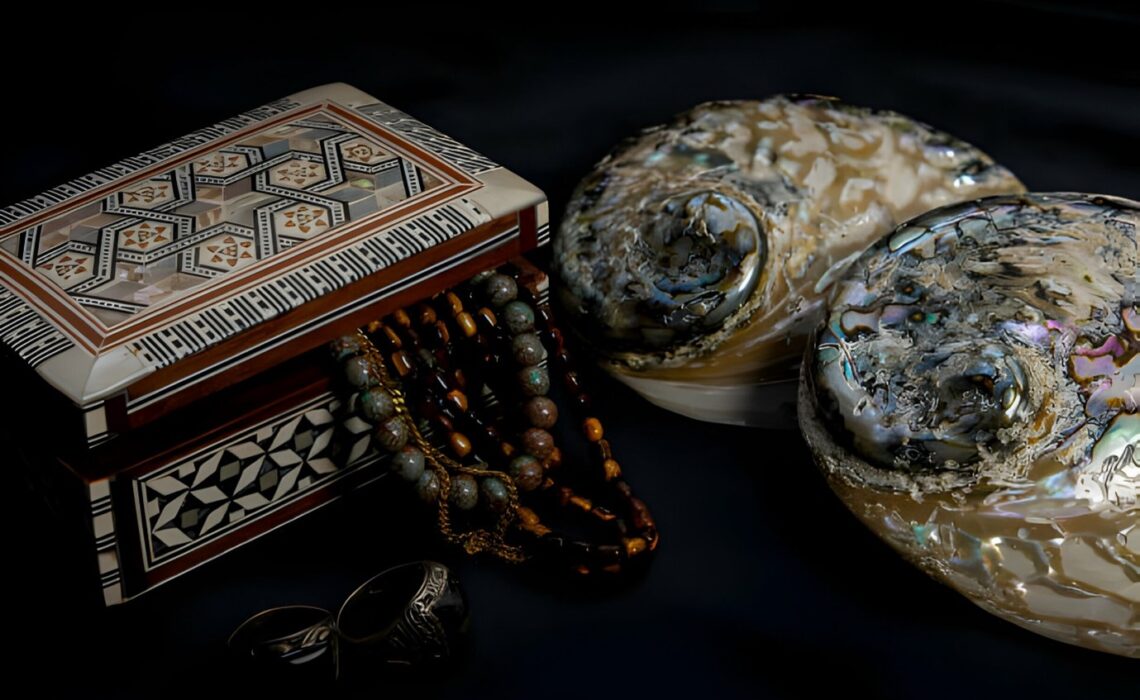
Imagine a chestnut-hued mahogany box perched on a glass-topped table, voicing subtle notes of soulful antiquity that perfectly offset the overarching modernity of your living room. It doesn’t take long for your guests to be drawn towards it, their fingers skimming across the detailed engraving that whispers tales of exquisite craftsmanship. Fascinating, isn’t it, how a simple keepsake box can add an unexpected charm to interiors while serving as a memento-filled memory trove? But what makes these wooden affairs so appealing? Can they really affect the ambiance of a space? Is it worth investing in a keepsake box? The narrative that unfolds below shall explore the nooks and crannies of these curiosities.
Why Wooden Keepsake Boxes?
Unveiling the first layer of our exploration, we delve into the rationale that backs these little wooden wonders. The most primal reason that catapults wooden keepsake boxes into the limelight is their ability to store the intangible within the tangible – memories. Be it your grandma’s antique broach, your dad’s first fountain pen, or your toddler’s first sketch, these boxes serve as safe repositories of treasured keepsakes.
Wooden keepsake boxes captivate with their memento-container function, but their appeal far exceeds pure utility. As a design element, they add a certain rustic elegance and organic warmth to a space that can hardly be matched by other pieces.
Consider the fact that no two keepsake boxes are entirely alike. The subtle variations in wood grain or knotholes confer a unique personality upon each piece, rendering it an art object. So these boxes are not just containers for your precious memories; they are memories in themselves, whispering tales of the tree they once were and the master craftsman who birthed them into their present form.
What to Look for When Buying a Wooden Keepsake Box?
Having sung praises of these keepsake boxes, it’s only fair we offer a buying guide. The quality of the wood, finesse of the craftsmanship, the box’s size, and of course, your personal style should be considered before making a purchase.
American Walnut, Mahogany, African Padouk, and Aromatic Cedar are some of the top-choice woods. Their durability, distinct colours, and grain patterns make them sought-after materials for keepsake boxes. Handmade boxes, though pricier, ostensibly surpass machine-made versions in terms of detailing and overall vibe.
Fit-for-purpose size also matters. A box too large might seem like an overbearing element in a room, while too small a box might disappear in the background. Lastly, it’s your home, and your keepsake box should reflect your personal aesthetic.
Pros and Cons of Wooden Keepsake Boxes
Every designer piece brings along a set of pros and cons, and keepsake boxes are no different. Their pros include durability, timeless elegance, versatility, and the ability to personalize. On the flip side, wood is susceptible to termites, can be expensive, and requires maintenance.
The Environmental Impact
Sustainability is an important consideration. Luckily, responsibly sourced or reclaimed wood options are available, easing the guilt of environmental impact.
Caring For Your Keepsake Box
Proper care ensures longevity. Regular dusting, avoiding chemical cleaners, and keeping boxes out of direct sunlight are simple yet effective care tips.
Conclusion:
Wooden keepsake boxes encapsulate a classic allure, serving dual functions as memory repositories and satisfying design elements. Each box’s unique appearance, the versatility they offer, and the rustic elegance that they lend bridge the gap between practical function and aesthetic appeal. But like all good things, these pieces do come with their own set of considerations. From kindling the spark of nostalgia to becoming a conversation starter, the charm of a wooden keepsake box is undeniable. However, one must always consider the cost, care needed, impact on the environment, and relevant factors while choosing the perfect box. After all, it’s not just a box; it’s an abode for priceless memories, a silent narrator of stories, a sculpted work of art, effectively an ambassador of times forgotten and a footprint in the sands of now.





